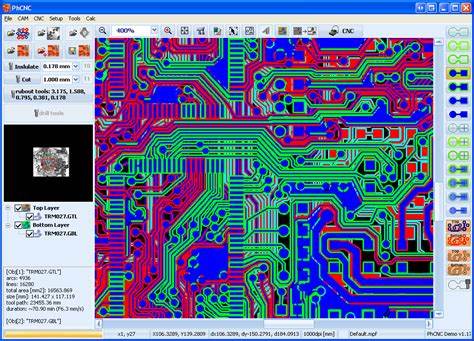Printed Circuit Board Clone mentioned here can be divided into two major categories, one is full pcb cloning, and the other is partial pcb board cloning. Full copying is the application of the original pcb layout design to the new layout design or pcb product without any creative changes. In this case, it is relatively easy to determine the infringement nature of the pcb layout design, as long as it is judged whether the two layout designs are the same.
Although it is also possible to create a layout design of the same or similar form by independent creation in engineering practice, it is almost impossible to create two identical layout designs in an independent situation, because on the basis of not affecting the performance of the pcb layout design, the component layout in the pcb layout design can be arbitrarily mobilized, that is to say, the pcb board layout drawing, gerber file, BOM and schematic diagram of similar functions are not unique, so two identical layout designs appear and can be concluded that one of them must be obtained by means of PCB copying.

Partial Printed Circuit Board Clone is not completely copying someone else’s pcb layout design. This is actually too obvious. They cut out the specific functions of the original pcb layout design, plus some unnecessary functional parts or Plus some regular pcb board function design to form the so-called new pcb layout design.
This kind of cloning behavior is usually less concealed and not easily detected. Existing standards for determining printed circuit board copyright infringement aren’t uniform in distinguishing between pcb reverse engineering and copy infringement, but in view of the similarity between pcb reverse engineering and integrated circuit reverse engineering, we can Seeking reference in the judgment criteria of copying infringement.






